We put the Vivo X90 Pro+ through our rigorous DXOMARK Camera test suite to measure its performance in photo, video, and zoom quality from an end-user perspective. This article breaks down how the device fared in a variety of tests and several common use cases and is intended to highlight the most important results of our testing with an extract of the captured data.
Overview
Key camera specifications:
- Primary: 50MP 1-inch type sensor, f/1.75 aperture lens, AF, OIS
- Ultra-wide: 48MP sensor, f/2.2 aperture lens, AF
- Tele: 50MP sensor, f/1.6 aperture lens, OIS
- Tele: 64MP sensor, f/3.5 aperture periscope lens, AF, OIS
Scoring
Sub-scores and attributes included in the calculations of the global score.
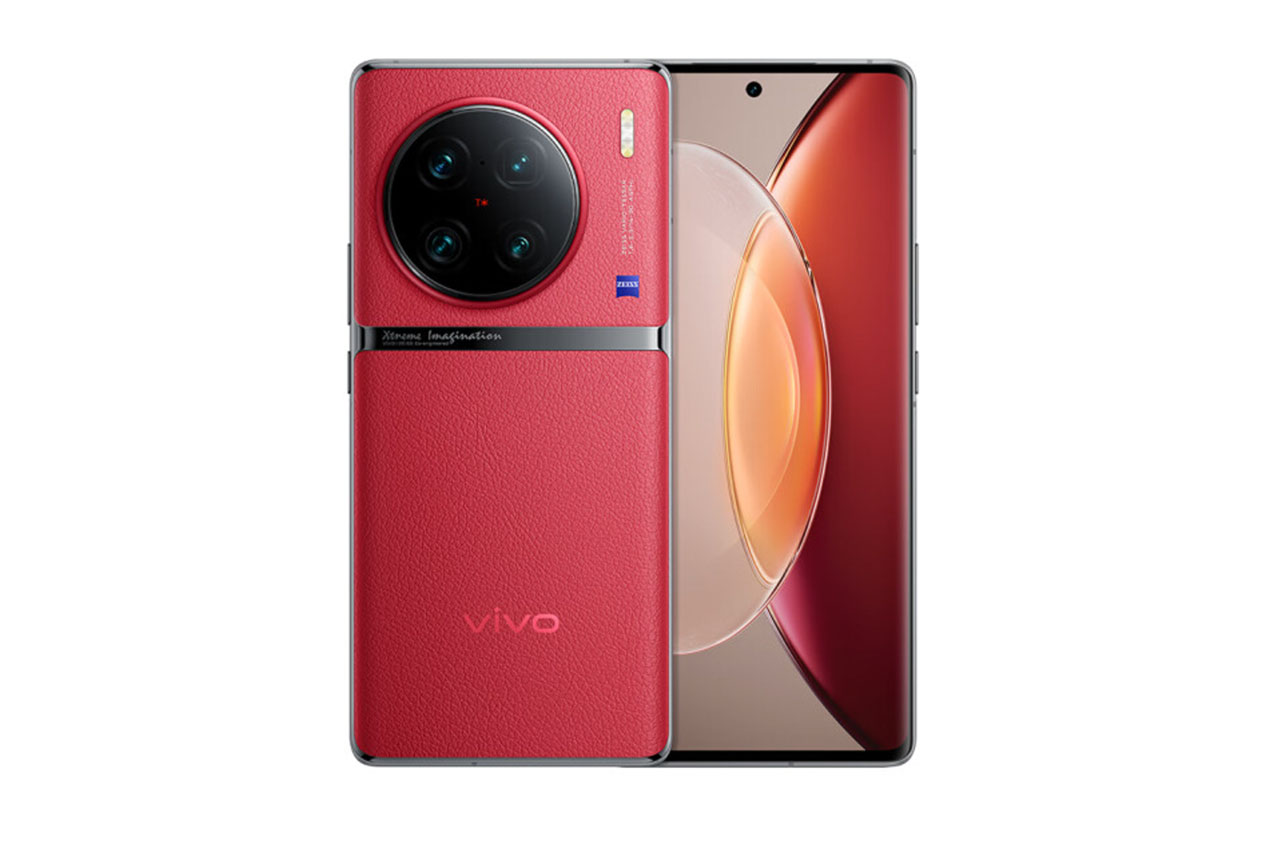
Vivo X90 Pro+


Use cases & Conditions
Use case scores indicate the product performance in specific situations. They are not included in the overall score calculations.
Outdoor
Photos & videos shot in bright light conditions (≥1000 lux)
Indoor
Photos & videos shot in good lighting conditions (≥100lux)
Lowlight
Photos & videos shot in low lighting conditions (<100 lux)
Friends & Family
Portrait and group photo & videos
Pros
-
Fairly good detail in photos
-
Good exposure in most tested conditions for both photo and video
-
Fairly low noise in bright light and indoors for both photo and video
-
Good detail at all zoom settings
Cons
-
Autofocus slow to react in photo and video mode, some failures in video
-
Occasionally inaccurate color rendering on dark skin tones in backlit scenes
-
Fusion artifacts in high-contrast scenes
The Vivo X90 Pro+ represents a significant evolution over last year’s Vivo X80 Pro as it is both the first smartphone we tested to come with Qualcomm’s new Snapdragon 8 Gen 2 chipset, and the first Vivo to use a 1-inch sensor in the main camera module. Like previous Vivo flagships, it also features Zeiss T* optical coating on the lenses.
With such impressive camera hardware, it’s no surprise the Vivo X90 Pro+ offered quite detailed still images in our testing across all light conditions. The large 1-inch sensor’s ability to collect light was also noticeable in terms of image noise, which was well under control, especially in bright light and indoors. The X90 Pro+ photos also showed good exposure management as well as a fairly accurate white balance in most situations. We noticed some drawbacks when it came to color, though, with inaccurate rendering of dark skin tones in backlit scenes, as well as some color quantization under indoor lighting and lower illumination levels.
In addition to the primary camera, the Vivo X90 Pro+ features an ultra-wide-angle module with a 14mm equivalent focal length, as well as two telephoto lenses equivalent to 50mm and 90mm. Overall, the camera setup offers a x100 zoom factor (including digital zoom). Thanks to the combination of these multiple modules, zoom quality was one of the Vivo’s strong points in our testing. Detail was good from ultra-wide to long-range tele and overall the X90 Pro+ achieved the second highest score for zoom to date, just behind the Honor Magic4 Ultimate, which offers slightly better detail at long-range tele.
In video mode, the Vivo X90 Pro+ performed well overall, primarily thanks to well-exposed video clips with a fairly wide dynamic range. However, the Vivo lagged behind some devices in its class in terms of detail preservation. The camera’s texture/noise compromise in video resulted in softened details, especially under indoor lighting and in low light.
The Vivo X90 Pro+’s primary camera module uses a large 1-inch sensor in combination with a fairly fast f/1.8 aperture lens, which, for a smartphone, results in a narrow depth of field and a natural bokeh effect that may have some appeal for individual portrait scenes. However, it becomes a disadvantage in some of our Friends & Family use cases, which feature multiple subjects on different planes within the scene. In this kind of shooting situation, the Vivo X90 Pro+ was not able to maintain a sufficient level of sharpness on all faces.
In addition, the Vivo X90 Pro+’s shutter lag was quite long when compared to its rivals in the Ultra-Premium segment. This means that the shot is captured a fraction of a second after the shutter is pressed, not exactly at the same time. This is not an issue for landscape photography, but it can become an issue when trying to capture the decisive moment at a family event.
In the low-light use case, the Vivo’s large sensor is a real advantage when capturing still images. Compared with smaller sensors of the same resolution, the 1-inch 50MP variant has larger photosites with a greater light collection capacity. In our testing, this translated into well-exposed images, even in the most challenging low-light conditions, such as night shots. In these situations, the Vivo X90 Pro+ offered a fairly wide dynamic range and a high level of detail, while keeping image noise well under control.
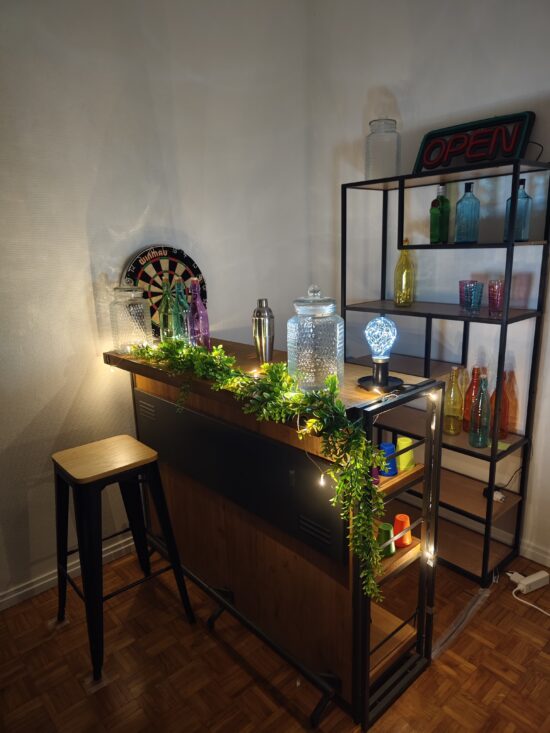
Test summary
About DXOMARK Camera tests: DXOMARK’s Camera evaluations take place in laboratories and in real-world situations using a wide variety of subjects. The scores rely on objective tests for which the results are calculated directly by measurement software on our laboratory setups, and on perceptual tests in which a sophisticated set of metrics allow a panel of image experts to compare aspects of image quality that require human judgment. Testing a smartphone involves a team of engineers and technicians for about a week. Photo, Zoom, and Video quality are scored separately and then combined into an Overall score for comparison among the cameras in different devices. For more information about the DXOMARK Camera protocol, click here. More details on smartphone camera scores are available here. The following section gathers key elements of DXOMARK’s exhaustive tests and analyses. Full performance evaluations are available upon request. Please contact us on how to receive a full report.
Photo
Vivo X90 Pro+
169
For scoring and analysis, DXOMARK engineers capture and evaluate more than 2,600 test images both in controlled lab environments and in outdoor, indoor and low-light natural scenes, using the camera’s default settings. The photo protocol is designed to take into account the main use cases and is based on typical shooting scenarios, such as portraits, family, and landscape photography. The evaluation is performed by visually inspecting images against a reference of natural scenes, and by running objective measurements on images of charts captured in the lab under different lighting conditions from 1 to 1,000+ lux and color temperatures from 2,300K to 6,500K.
In photo mode, the Vivo X90 Pro+ offered good image quality and performance overall. Both landscape and portrait shots were generally exposed well and the camera captured quite high levels of detail, even in low-light conditions. In addition, image noise was fairly well under control. However, our testers also observed some shortcomings, including an autofocus that was slow to react, inaccurate dark skin tones, and fusion artifacts, which prevented the Vivo from climbing higher up the rankings for Ultra-Premium phones. Still, it’s a good option for still image shooters.
Close-Up
Our close-up test evaluates the camera’s ability to capture detail at subject distances below 10cm and magnifications as close as possible to 1:1. The Vivo X90 Pro+ adopted the behavior of most recent smartphones and automatically switched to macro mode when the camera got very close to a subject. In our testing, the Vivo did not allow for the same high magnification ratios as the best in class, such as the Apple iPhone 14 Pro or Huawei Mate 50 Pro, but the feature nevertheless offers new creative opportunities to the user.

Exposure
Vivo X90 Pro+
130
Exposure is one of the key attributes for technically good pictures. The main attribute evaluated is the brightness of the main subject through various use cases such as landscape, portrait, or still life. Other factors evaluated are the contrast and the dynamic range, eg. the ability to render visible details in both bright and dark areas of the image. Repeatability is also important because it demonstrates the camera's ability to provide the same rendering when shooting several images of the same scene.
Exposure was accurate in most light situations, with a wide dynamic range, for portrait and landscape shots alike. The only downside was an occasional lack of contrast in portrait scenes with strong backlighting.

Color
Vivo X90 Pro+
130
Color is one of the key attributes for technically good pictures. The image quality attributes analyzed are skin-tone rendering, white balance, color shading, and repeatability. For color and skin tone rendering, we penalize unnatural colors but we respect a manufacturer's choice of color signature.
Overall, the Vivo X90 Pro+ produced images with pleasing colors. White balance was mostly acceptable, if a bit cold, and saturation was well controlled. Our testers, however, noticed some glaring failures in terms of color rendering on dark skin tones under strong backlighting.

Autofocus
Vivo X90 Pro+
125
Autofocus tests concentrate on focus accuracy, focus repeatability, shooting time delay, and depth of field. Shooting delay is the difference between the time the user presses the capture button and the time the image is actually taken. It includes focusing speed and the capability of the device to capture images at the right time, what is called 'zero shutter lag' capability. Even if a shallow depth of field can be pleasant for a single subject portrait or close-up shot, it can also be a problem in some specific conditions such as group portraits; Both situations are tested. Focus accuracy is also evaluated in all the real-life images taken, from infinity to close-up objects and in low light to outdoor conditions.
Unlike many of its Ultra-Premium rivals, the X90 Pro+ does not offer zero-shutter lag (capture at exactly the same time as the shutter is pressed), which meant that shooting moving subjects was difficult.
In addition, the Vivo was penalized by its large image sensor, which produced images with a narrow depth of field. This resulted in group shots in which subjects toward the back were out of focus. Other manufacturers, such as Huawei, with the Mate 50 Pro, have started implementing solutions such as a variable aperture to ensure a sufficient level of sharpness on all faces in such scenes.

Texture
Vivo X90 Pro+
125
Texture tests analyze the level of details and the texture of subjects in the images taken in the lab as well as in real-life scenarios. For natural shots, particular attention is paid to the level of details in the bright and dark areas of the image. Objective measurements are performed on chart images taken in various lighting conditions from 1 to 1000 lux and different kinds of dynamic range conditions. The charts used are the proprietary DXOMARK chart (DMC) and the Dead Leaves chart.
In our testing, the Vivo X90 Pro+ produced fairly high levels of detail, including in night scenes with very low luminosity.

Noise
Vivo X90 Pro+
117
Noise tests analyze various attributes of noise such as intensity, chromaticity, grain, structure on real-life images as well as images of charts taken in the lab. For natural images, particular attention is paid to the noise on faces, landscapes, but also on dark areas and high dynamic range conditions. Noise on moving objects is also evaluated on natural images. Objective measurements are performed on images of charts taken in various conditions from 1 to 1000 lux and different kinds of dynamic range conditions. The chart used is the Dead Leaves chart and the standardized measurement such as Visual Noise derived from ISO 15739.
While the noise levels measured in the lab were slightly higher than on the Vivo X80 Pro and Samsung Galaxy S22 Ultra, noise remained well controlled in most conditions. Noise was also finely grained, giving it a natural look.

Artifacts
Vivo X90 Pro+
82
The artifacts evaluation looks at lens shading, chromatic aberrations, geometrical distortion, edges ringing, halos, ghosting, quantization, unexpected color hue shifts, among others type of possible unnatural effects on photos. The more severe and the more frequent the artifact, the higher the point deduction on the score. The main artifacts observed and corresponding point loss are listed below.
Overall, image artifacts were fairly well under control, but our testers noticed some color quantization in a number of test scenes, especially under indoor lighting and in low light.
We also noticed fusion artifacts, especially on high-contrast scenes with HDR processing kicking in.
Bokeh
Vivo X90 Pro+
85
Bokeh is tested in one dedicated mode, usually portrait or aperture mode, and analyzed by visually inspecting all the images captured in the lab and in natural conditions. The goal is to reproduce portrait photography comparable to one taken with a DLSR and a wide aperture. The main image quality attributes paid attention to are depth estimation, artifacts, blur gradient, and the shape of the bokeh blur spotlights. Portrait image quality attributes (exposure, color, texture) are also taken into account.
In bokeh mode, the Vivo X90 Pro+ produced generally nice images, with fairly good separation of subject and background. However, the Vivo’s bokeh mode struggled with some test cases, for example when the background was closer to the subject.
Preview
Vivo X90 Pro+
93
Preview tests analyze the image quality of the camera app's preview of the image, with particular attention paid to the difference between the capture and the preview, especially regarding dynamic range and the application of the bokeh effect. Also evaluated is the smoothness of the exposure, color and focus adaptation when zooming from the minimal to the maximal zoom factor available. The preview frame rate is measured using the LED Universal Timer.
The image preview on the display of the Vivo X90 Pro+ showed improvements over its predecessor the X80 Pro, but there were still noticeable differences between preview and capture, especially in dynamic range, which is much lower in preview than in the final image.
Zoom
Vivo X90 Pro+
169
DXOMARK engineers capture and evaluate over 400 test images in controlled lab environments and in outdoor, indoor, and low-light natural scenes, using the camera’s default settings and pinch zoom at various zoom factors from ultra wide to very long-range zoom. The evaluation is performed by visually inspecting the images against a reference of natural scenes, and by running objective measurements of chart mages captured in the lab under different conditions from 20 to 1000 lux and color temperatures from 2300K to 6500K.
In testing, the Vivo X90 Pro+ offered very high image quality across almost the entire zoom range. Target exposure was generally accurate, with a wide dynamic range. However, some slight inconsistencies between different scenes as well as some artifacts were visible. Overall, the Vivo did very well in this category, achieving the second-best result to date, just behind the Honor Magic4 Ultimate.
Video Zoom
The Vivo’s video zoom feature offered a fairly good level of detail across the zoom range. In addition, focus, exposure, and color transition were relatively smooth when moving between camera modules.

Wide
Vivo X90 Pro+
122
These tests analyze the performance of the ultra-wide camera at several focal lengths from 12 mm to 20 mm. All image quality attributes are evaluated, with particular attention paid to such artifacts as chromatic aberrations, lens softness, and distortion. Pictures below are an extract of tested scenes.
The Vivo X90 Pro+ comes with a 14mm equivalent ultra-wide camera, which offers a wide field of view as well as good image results with generally pleasant rendering. The camera managed to provide a decent texture/noise tradeoff when compared with the competition. But some loss of detail and lack of saturation were noticeable.

Tele
Vivo X90 Pro+
128
All image quality attributes are evaluated at focal lengths from approximately 40 mm to 300 mm, with particular attention paid to texture and detail. The score is derived from a number of objective measurements in the lab and perceptual analysis of real-life images.
At medium-range tele, the level of detail was generally higher than on the competitors, with low noise, even in low light.
At long-range tele settings, the level of detail was high. Images showed accurate exposure, but our testers did sometimes observe slight color casts.
Video
Vivo X90 Pro+
159
DXOMARK engineers capture and evaluate more than 2.5 hours of video in controlled lab environments and in natural low-light, indoor and outdoor scenes, using the camera’s default settings. The evaluation consists of visually inspecting natural videos taken in various conditions and running objective measurements on videos of charts recorded in the lab under different conditions from 1 to 1000+ lux and color temperatures from 2,300K to 6,500K.
The Vivo X90 Pro+ video mode was tested at 4K resolution and 30 frames per second. It offered a fairly decent performance in terms of exposure, noise, and color rendering, rather soft texture rendering, but the occasional focus failures and artifacts meant it lagged behind some of its Ultra-Premium competitors in other areas.

Exposure
Vivo X90 Pro+
116
Exposure tests evaluate the brightness of the main subject and the dynamic range, eg. the ability to render visible details in both bright and dark areas of the image. Stability and temporal adaption of the exposure are also analyzed.
The Vivo X90 Pro+ performed well in video exposure, thanks to an accurate target exposure, smooth and accurate adaptations, and a quite wide dynamic range.

Color
Vivo X90 Pro+
120
Image-quality color analysis looks at color rendering, skin-tone rendering, white balance, color shading, stability of the white balance and its adaption when light is changing.
Colors were generally nice, especially in bright light and under indoor lighting.
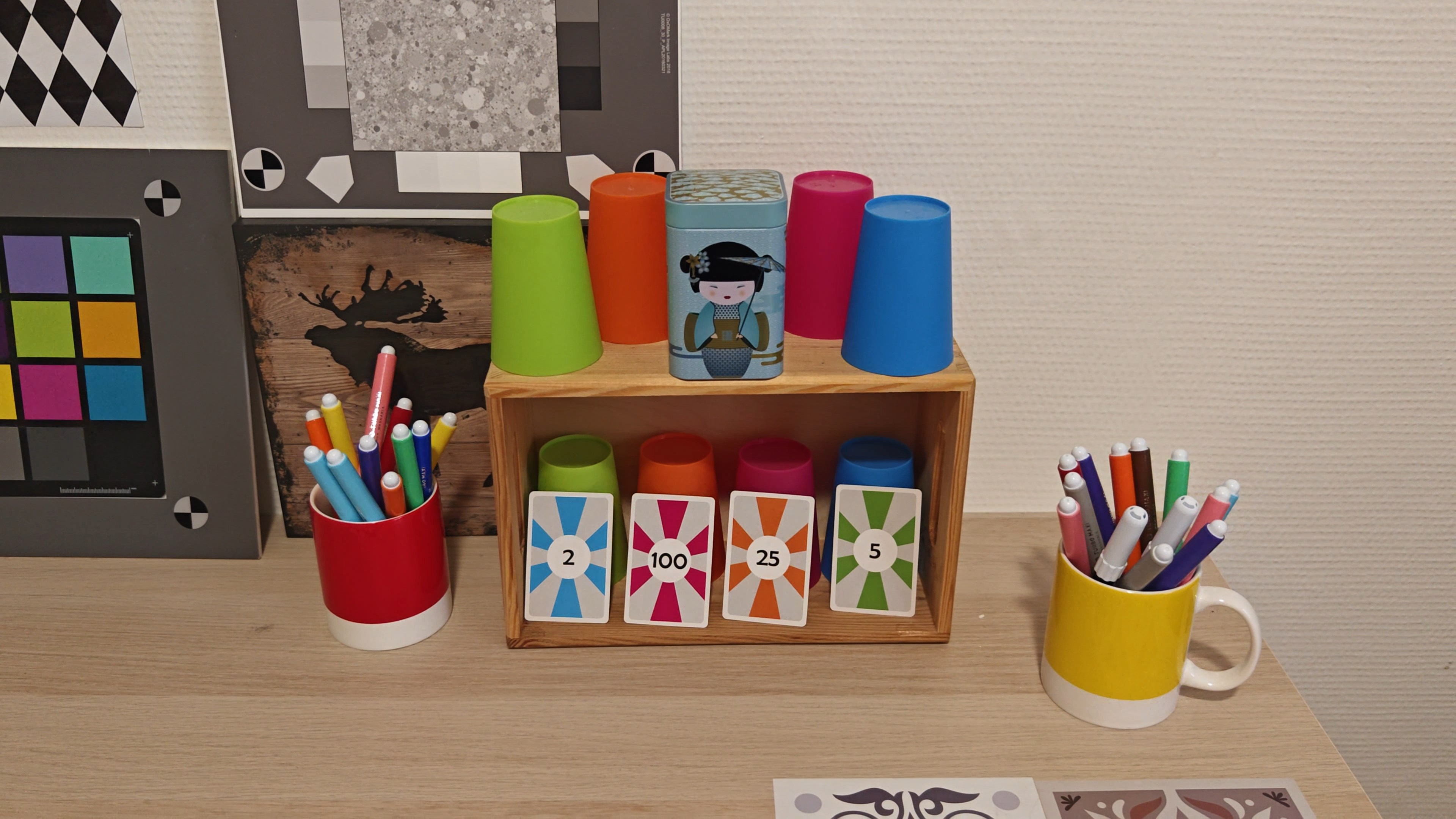
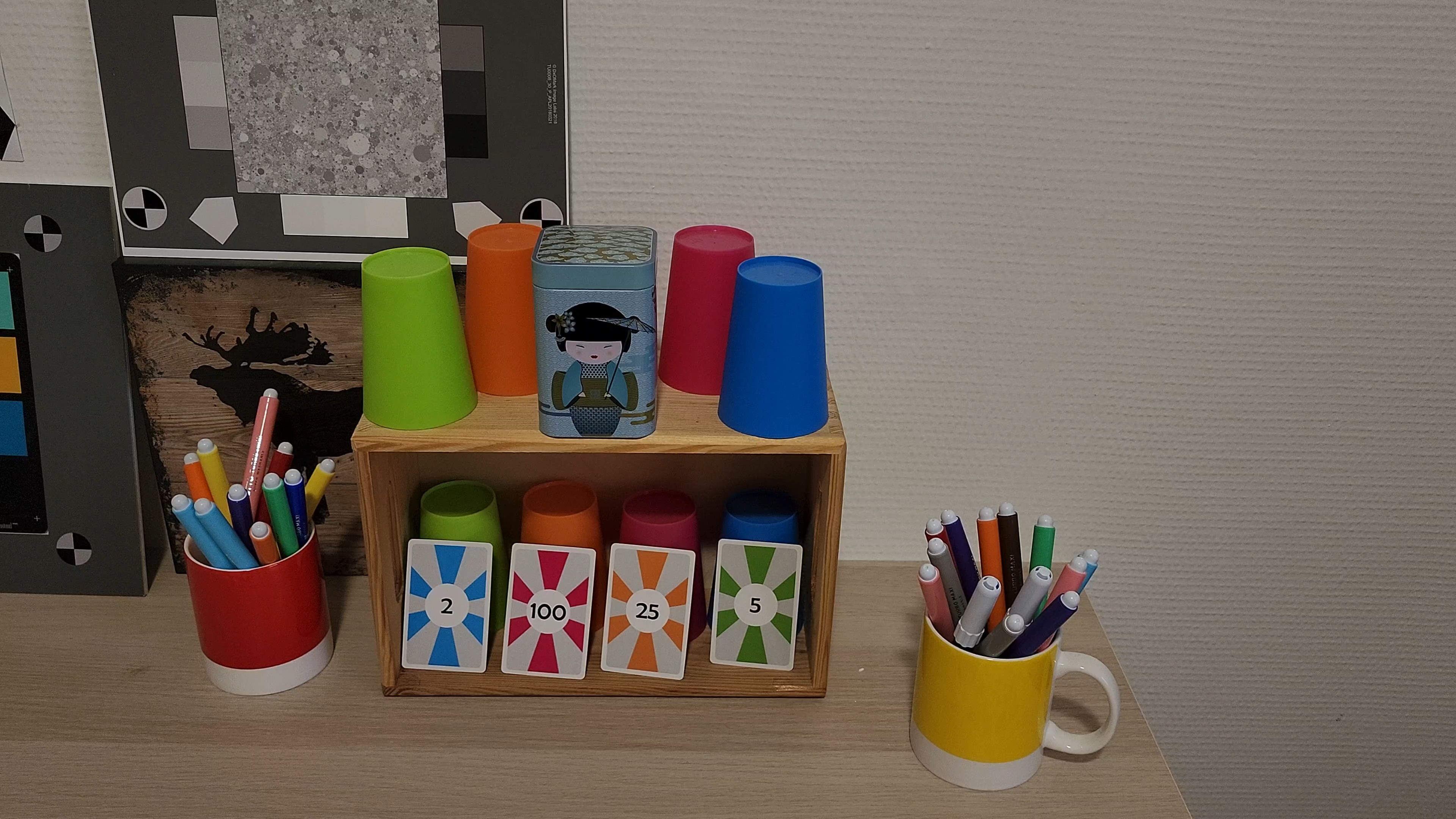

Autofocus
Vivo X90 Pro+
120
During our video testing, the autofocus was the Vivo’s most important point of concern. It performed accurately most of the time, but our testers also observed some failures, as seen in the sample clip below.

Texture
Vivo X90 Pro+
118
Texture tests analyze the level of details and texture of the real-life videos as well as the videos of charts recorded in the lab. Natural videos recordings are visually evaluated, with particular attention paid to the level of details in the bright and areas as well as in the dark. Objective measurements are performed of images of charts taken in various conditions from 1 to 1000 lux. The charts used are the DXOMARK chart (DMC) and Dead Leaves chart.
The Vivo X90 Pro+ lagged behind its direct competitors in terms of video detail preservation and texture acutance. Detail rendering was quite soft in most conditions.

Noise
Vivo X90 Pro+
120
Noise tests analyze various attributes of noise such as intensity, chromaticity, grain, structure, temporal aspects on real-life video recording as well as videos of charts taken in the lab. Natural videos are visually evaluated, with particular attention paid to the noise in the dark areas and high dynamic range conditions. Objective measurements are performed on the videos of charts recorded in various conditions from 1 to 1000 lux. The chart used is the DXOMARK visual noise chart.
On the upside, video noise was well managed on the Vivo X90 Pro+ when compared to its rivals in our test. However, it is still not among the best in its price segment.

Stabilization
Vivo X90 Pro+
119
Stabilization evaluation tests the ability of the device to stabilize footage thanks to software or hardware technologies such as OIS, EIS, or any others means. The evaluation looks at residual motion, smoothness, jello artifacts and residual motion blur on walk and run use cases in various lighting conditions. The video below is an extract from one of the tested scenes.
Video stabilization was quite effective, with walking motion and static hand-holding being counteracted well. However, we observed some sharpness differences between frames.

Artifacts
Vivo X90 Pro+
86
Artifacts are evaluated with MTF and ringing measurements on the SFR chart in the lab as well as frame-rate measurements using the LED Universal Timer. Natural videos are visually evaluated by paying particular attention to artifacts such as aliasing, quantization, blocking, and hue shift, among others. The more severe and the more frequent the artifact, the higher the point deduction from the score. The main artifacts and corresponding point loss are listed below.
Overall, the Vivo X90 Pro+ controlled the most common video artifacts quite well, but some artifacts, including ghosting and ringing, were still noticeable. Points were also deducted for the 30-frame-per-second rate. Compared to other devices that offer 60fps, the Vivo’s videos were less smooth. This was particularly noticeable when panning.


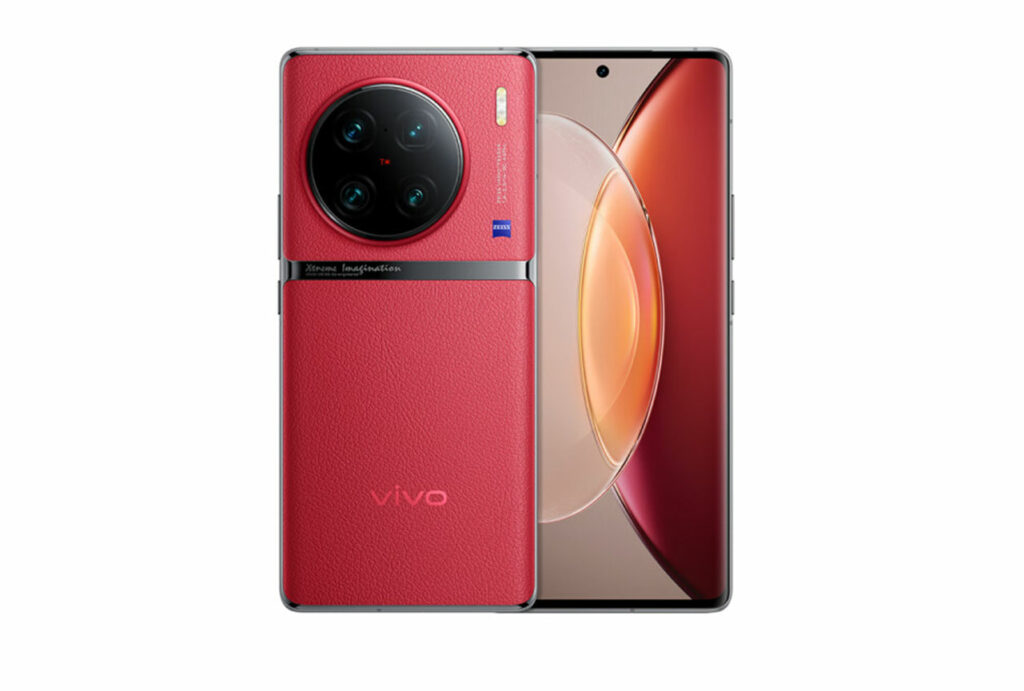

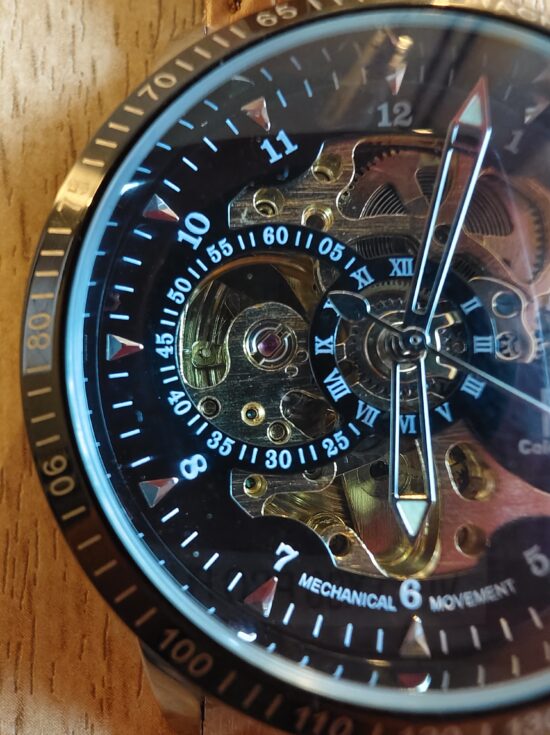
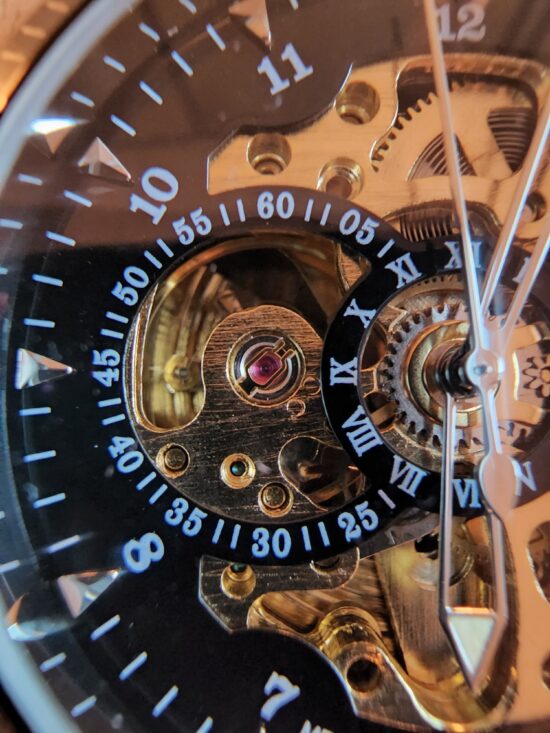

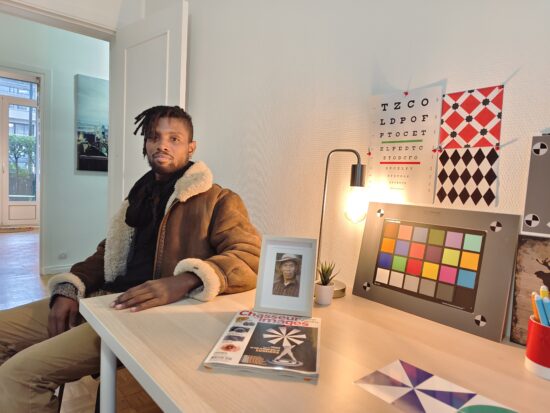
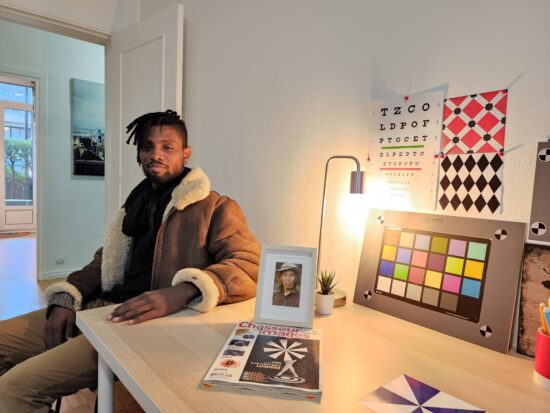







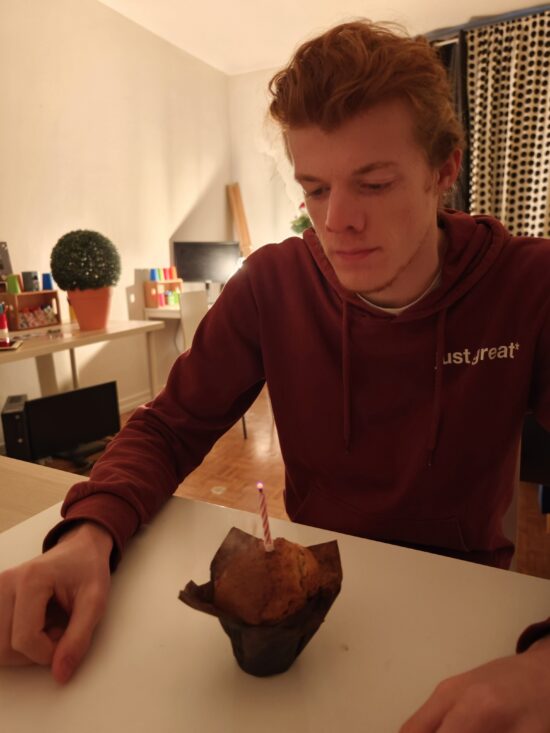




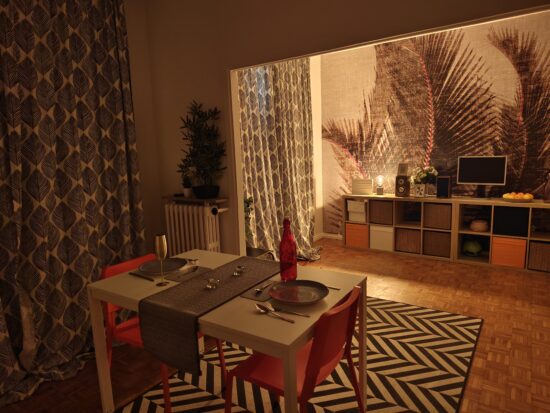
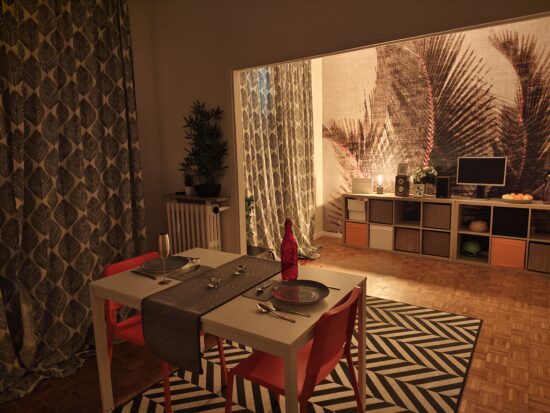
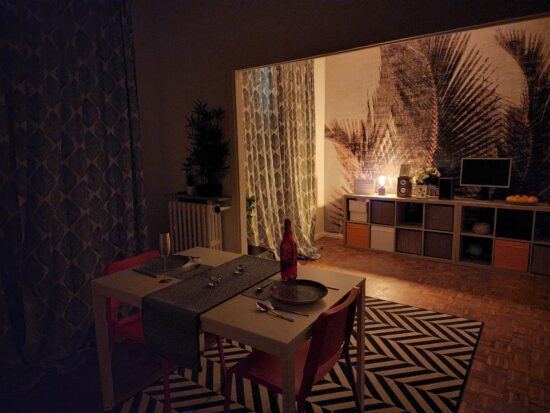
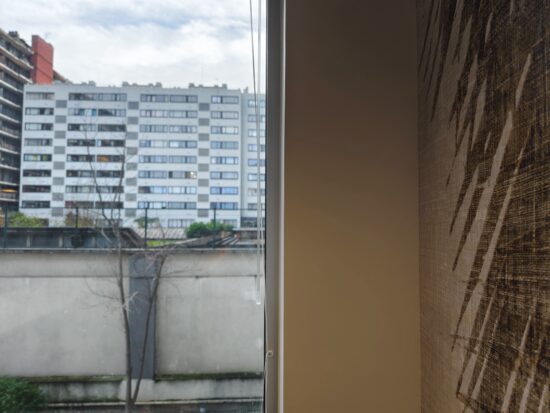
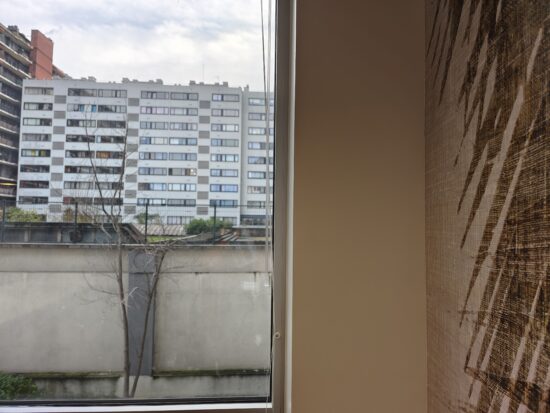
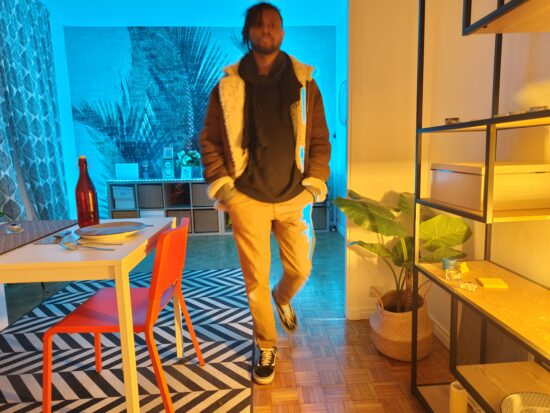
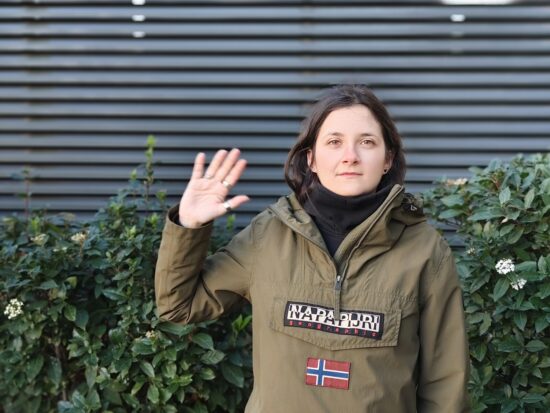

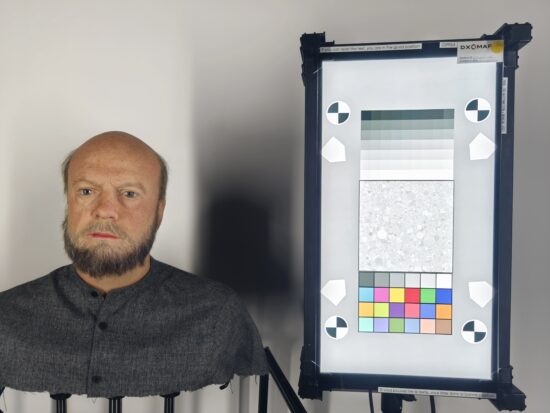
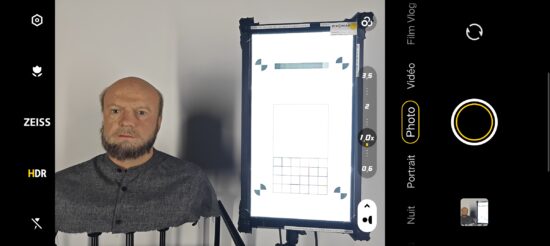

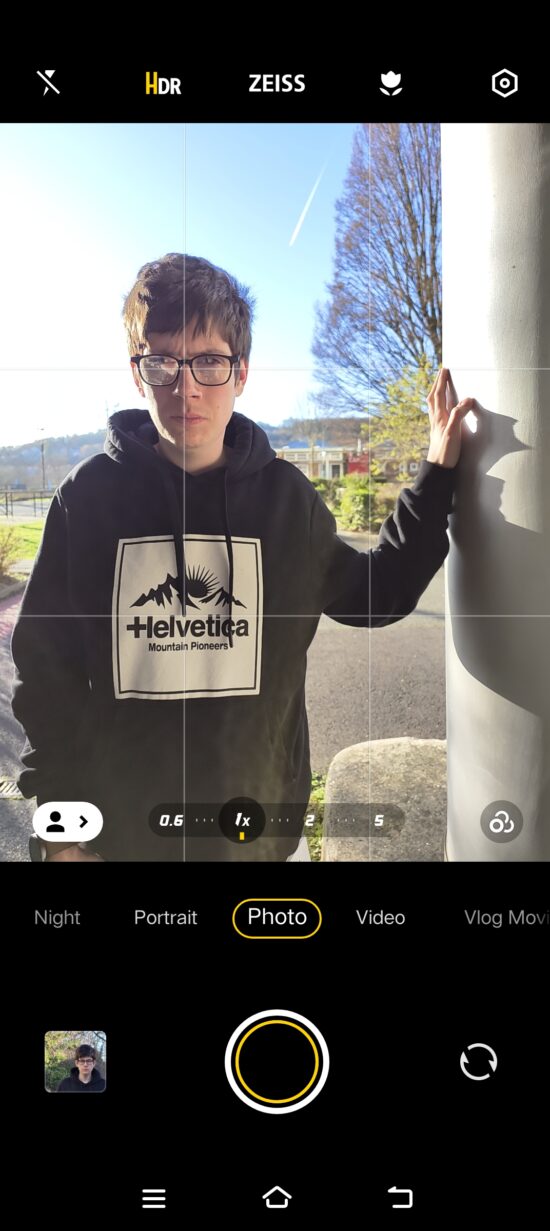



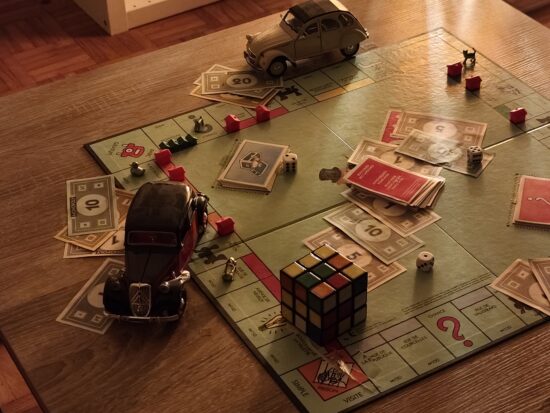
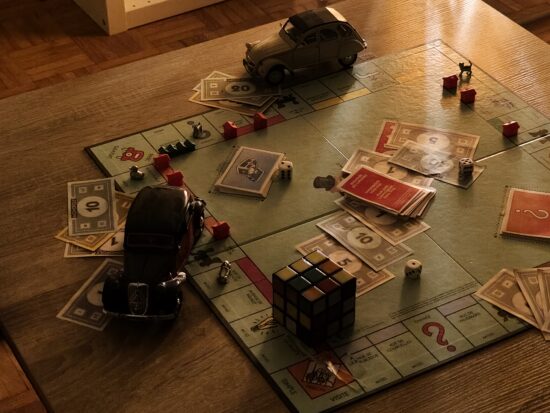




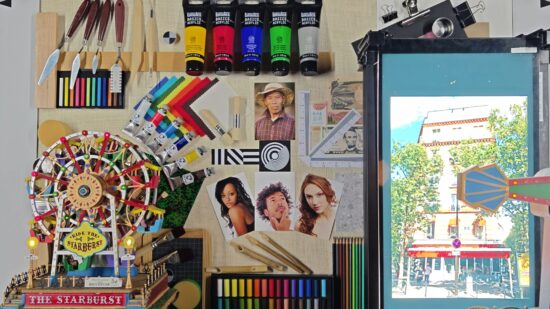

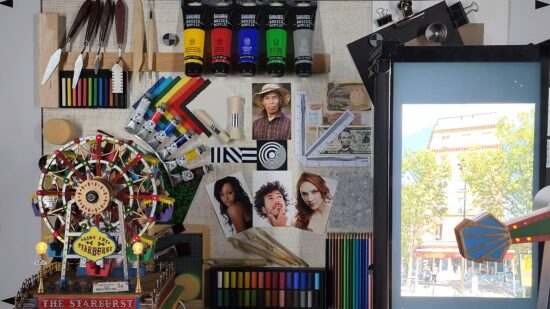
DXOMARK encourages its readers to share comments on the articles. To read or post comments, Disqus cookies are required. Change your Cookies Preferences and read more about our Comment Policy.